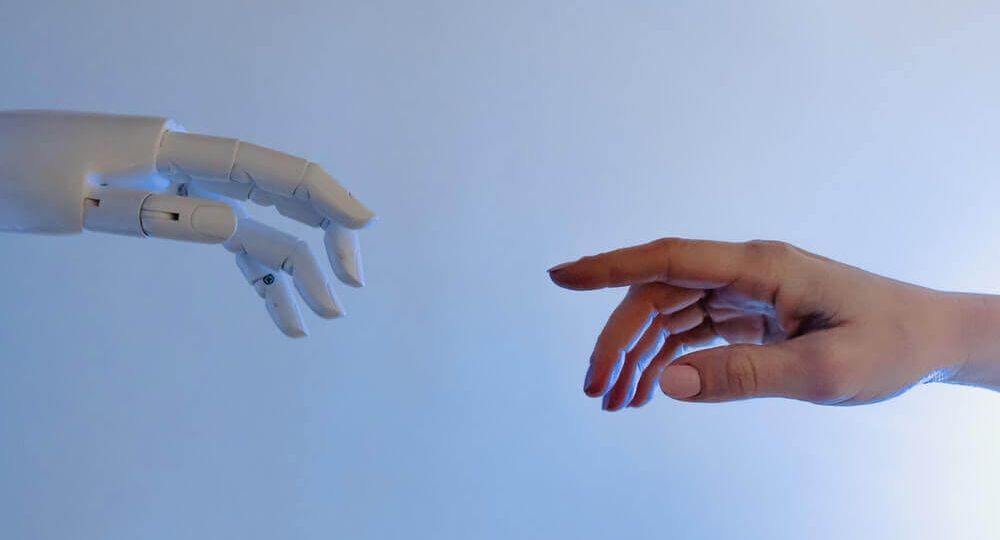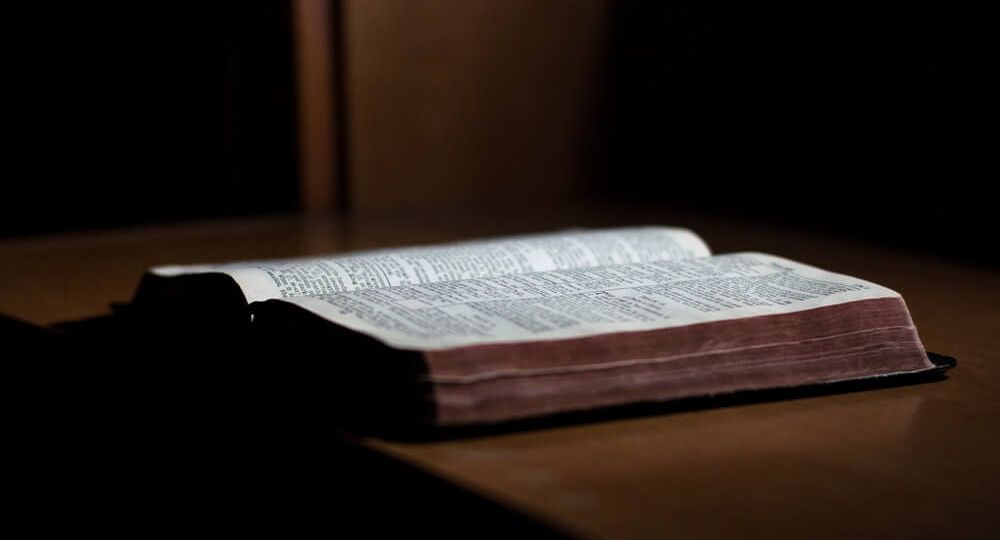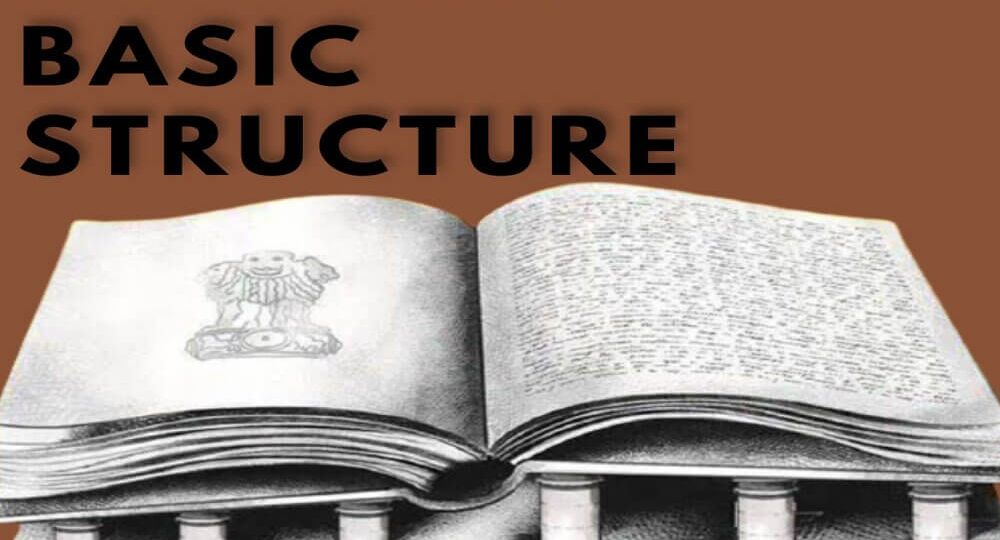Decades ago in India, the Britishers deemed it fit to introduce a group of 12 or so members, which they called the ‘jury’ in a courtroom, to replace the traditional Panchayati Raj system. But this system was not here to stay. What followed were numerous controversies and questions raised
Contract lifecycle management (CLM) is the process to manage contracts digitally CLM is designed to streamline and automate various contract processes it is a process to digitize and automate the contracting to achieve greater efficiency and reduce cost. Stages included in the CLM process are
A broad range of methods utilizing living things is referred to as “biotechnology.” Even though biotechnology has a wide range of uses in industries including medicines, food, and agriculture
In the Indian Constitution of 1949, Article 164(4) is in pari materia with Article 75(5) and prepared carpeted paths for the non-elected persons to be selected as Ministers. Utterly contrary to at least
Sustainable development refers to “meeting the need of the present without compromising the future generations needs “which means optimum use of resources. The whole and sole dependency
A trademark is a symbol or word, which distinguished your product from other products it helps the consumers to identify your goods and services and protects your product. Trademarks Act, 1999
A person commits a crime whenever they engage in behavior that is prohibited by the law or when they refuse to carry out behavior that is required by the law. For the majority of offenses, incarceration is the penalty. The prison is the facility where those who have been found guilty
A trademark is a symbol or label that is used to show customers that a product or service comes from a particular person or company. It helps customers easily distinguish between different
India has the lengthiest written constitution in the world. This carefully crafted document created by the constituent assembly is the most supreme authority of this nation. Every individual is bound
On 1st November 1956, the States Reorganization Act sought to dissolve the state of Bombay and divide it into two states that were based on linguistic divisions. The Marathi-speaking population fell into the state of Maharashtra, while the Gujarati-speaking population became part of the state of











